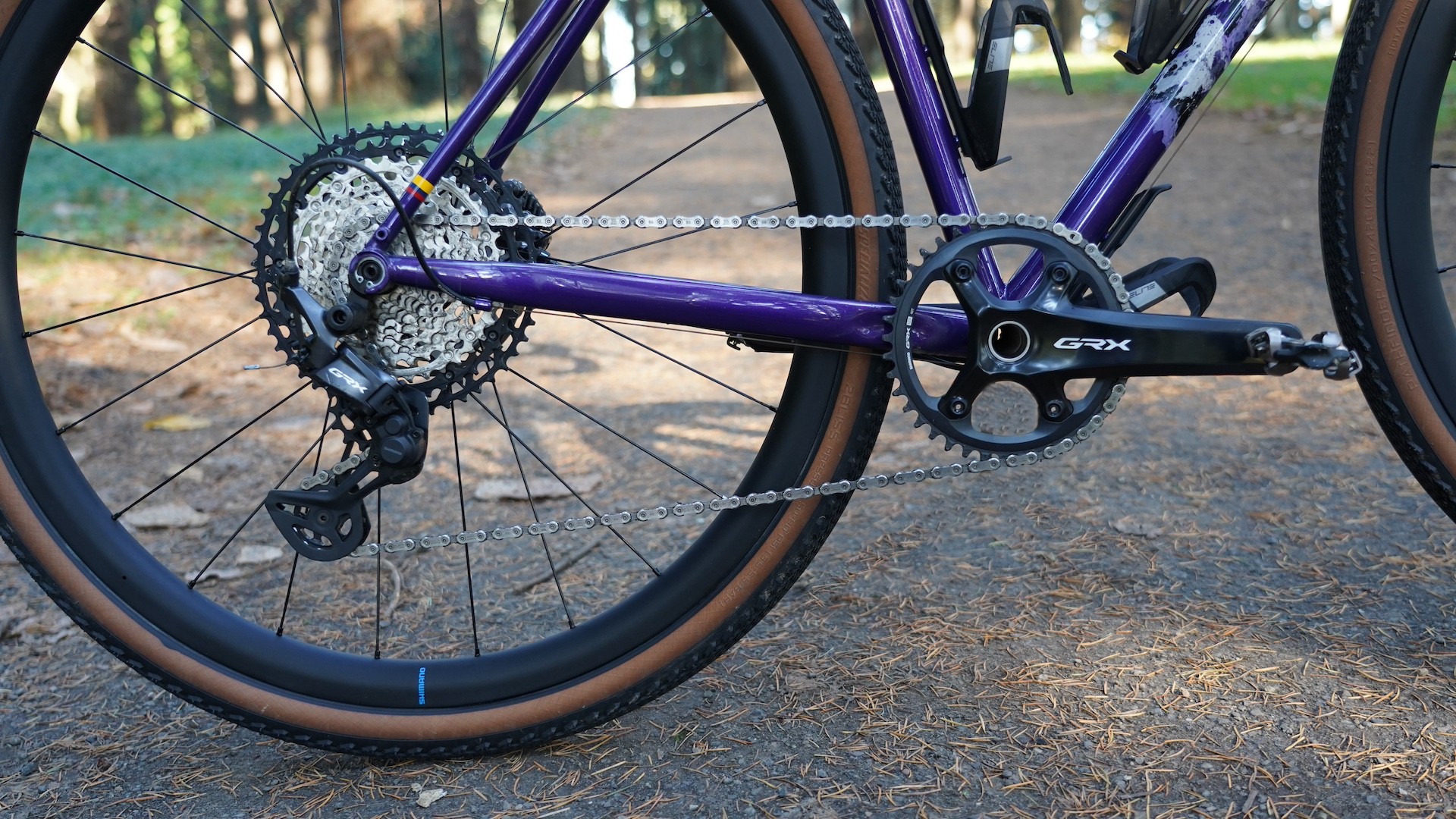
With three new 12-speed drivetrains to choose from, updated brake levers and a wider gear range, Shimano’s latest generation of the gravel-oriented GRX groupset ticks a lot of boxes. But is it enough?
Launched in late summer 2024, the new GRX makes use of Shimano’s existing mountain bike technology to add an extra cog in the rear, yet maintains its shift cables.
“We feel strongly that about 75% of the gravel market is mechanical,” said Shimano’s road brand manager, Nick Legan.
“We love electronic groupsets, we helped pioneer them, but we wanted to focus on the bulk of the market first,” he continued, hinting that an electronic Di2 version of the 12-speed gravel group will be released next.
In the meantime, what this broad-based strategy provides, first and foremost, is choice. Unlike SRAM’s 1x-only approach, Shimano’s new GRX line-up includes two 1x and one 2x build kits, serving both the 800 (equivalent to Ultegra) and budget 600 levels (Tiagra).
“We’re all about options,” said Legan. “There are very clear cases to be made for a double. There are very clear arguments to be made for a single. So, instead of trying to win someone over or educate them about our thinking, we make both.”
The nomenclature of these mix-and-match groupsets is a bit confusing but the breakdown is as follows:
- 1x12 with a 10-45t cassette for gravel racing
- 1x12 with a 10-51t cassette for bikepacking and the hilliest of adventures
- 2x12 with an 11-34t or 11-36t cassette for tighter gear steps.
Across the board, you’ll notice some welcome updates, including an increased gear range for the 1x groupsets and redesigned brake levers, detailed below. And if you’re currently a happy 11-speed GRX user, fear not. The updated drivetrains are purely optional as Shimano promises to continue to offer and service 11-speed GRX.
12-speed GRX: What's new
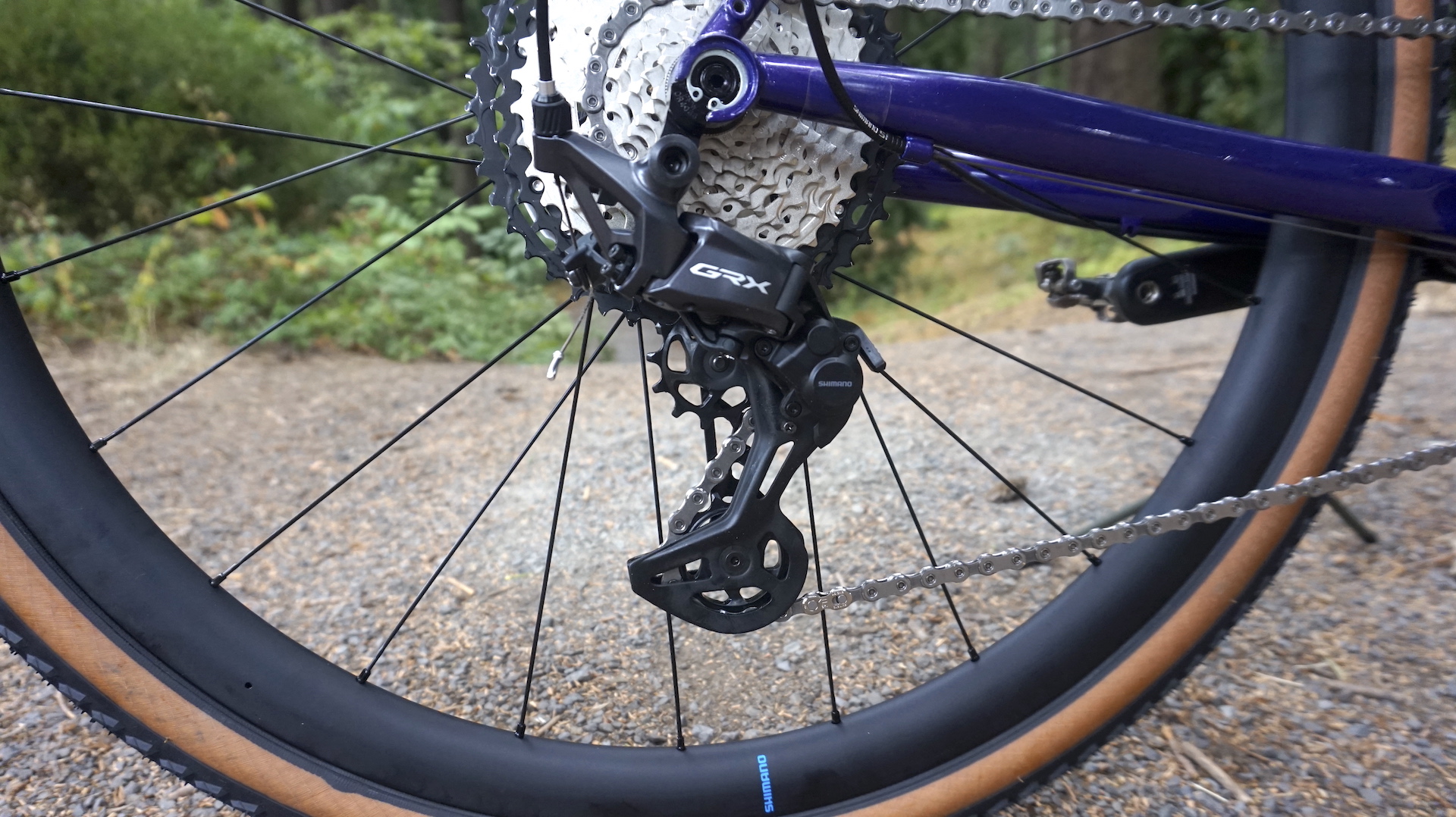
- GRX is now available in both 11- and 12-speed and the existing GRX 11-speed groupsets will continue to be offered and serviced.
- The 1x drivetrain features an increased range. Many found the previous 11-42t cassette too limiting. The new 10-51t cassette solves that.
- The new 12-speed components belong to three different drivetrains: two 1x set-ups and one 2x; two at the 820 level and one at the entry 610 level.
- The smallest sprocket on the cassettes is now 10t, putting it in line with Shimano’s mtb groupsets and diverging from the road line-up, where 11t is the smallest
The test set-up
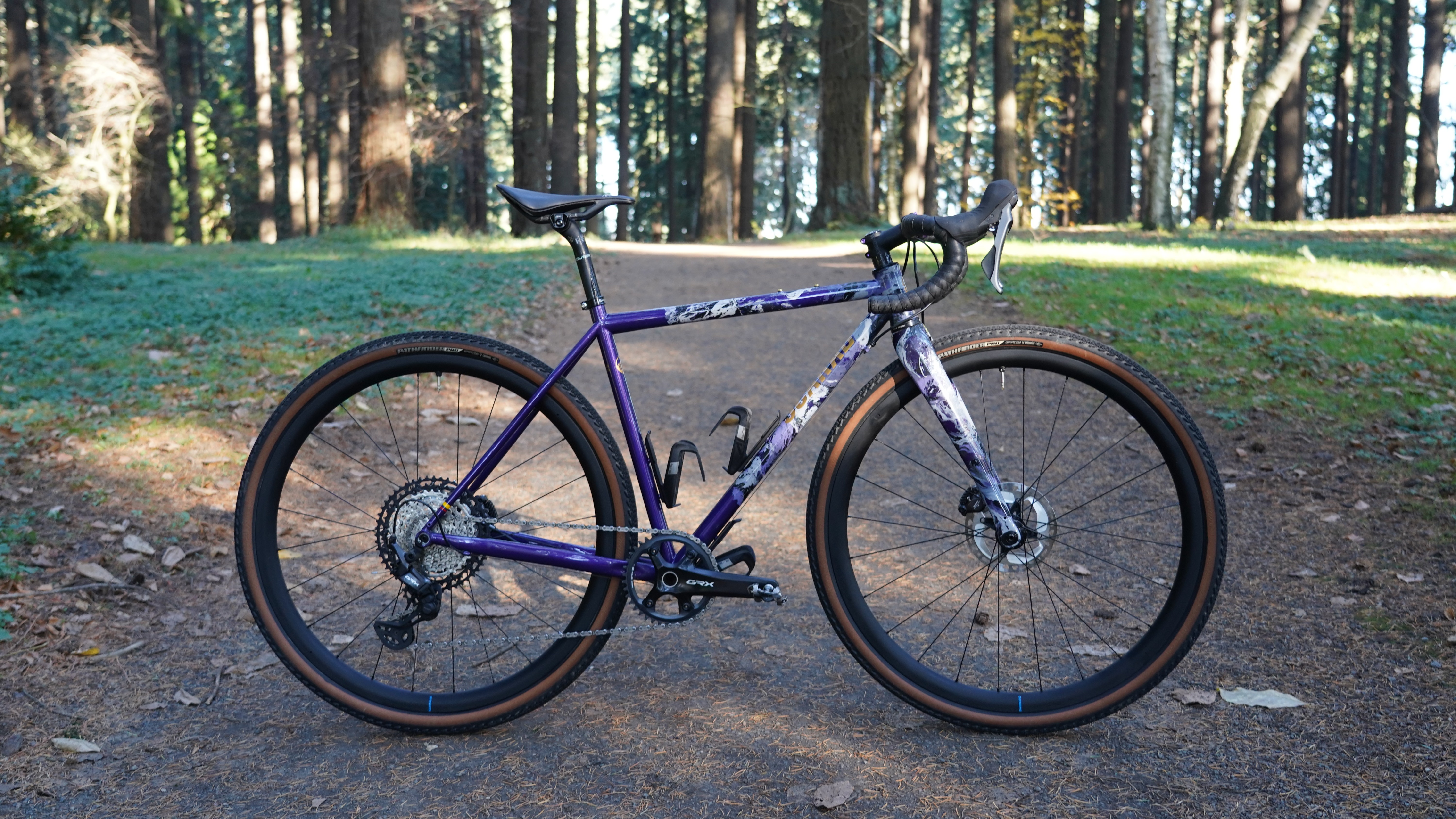
With plans of riding in hilly Colombia, I received the adventure-oriented 800-level groupset to review. The so-called “unstoppable” set-up consists of a 1x12 drivetrain with a 40t chainring up front and a 10-51 cassette at the rear. This offering features the same shifter option and crankset as the racing-oriented groupset but has its own rear derailleur – the RD-R X822-GSG long-cage rear derailleur – to accommodate the existing CS-M8100 mountain bike cassette with a micro-spline freehub body.
For those getting rowdy, there is a dropper-post lever option available as well.
Shimano also provided its new RX880 carbon gravel wheelset. While still designed to withstand the abuse of gravel riding, the wheelset has lost 64 grams from its predecessor and features the same direct engagement hub as seen on the latest Dura-Ace wheels for easy conversion between micro-spline and HG L2 freehub bodies.
This groupset, minus a bottom bracket and wheels, weighs 2,833.2 grams and costs $1,542.93 / £1,270.97.
Shifting
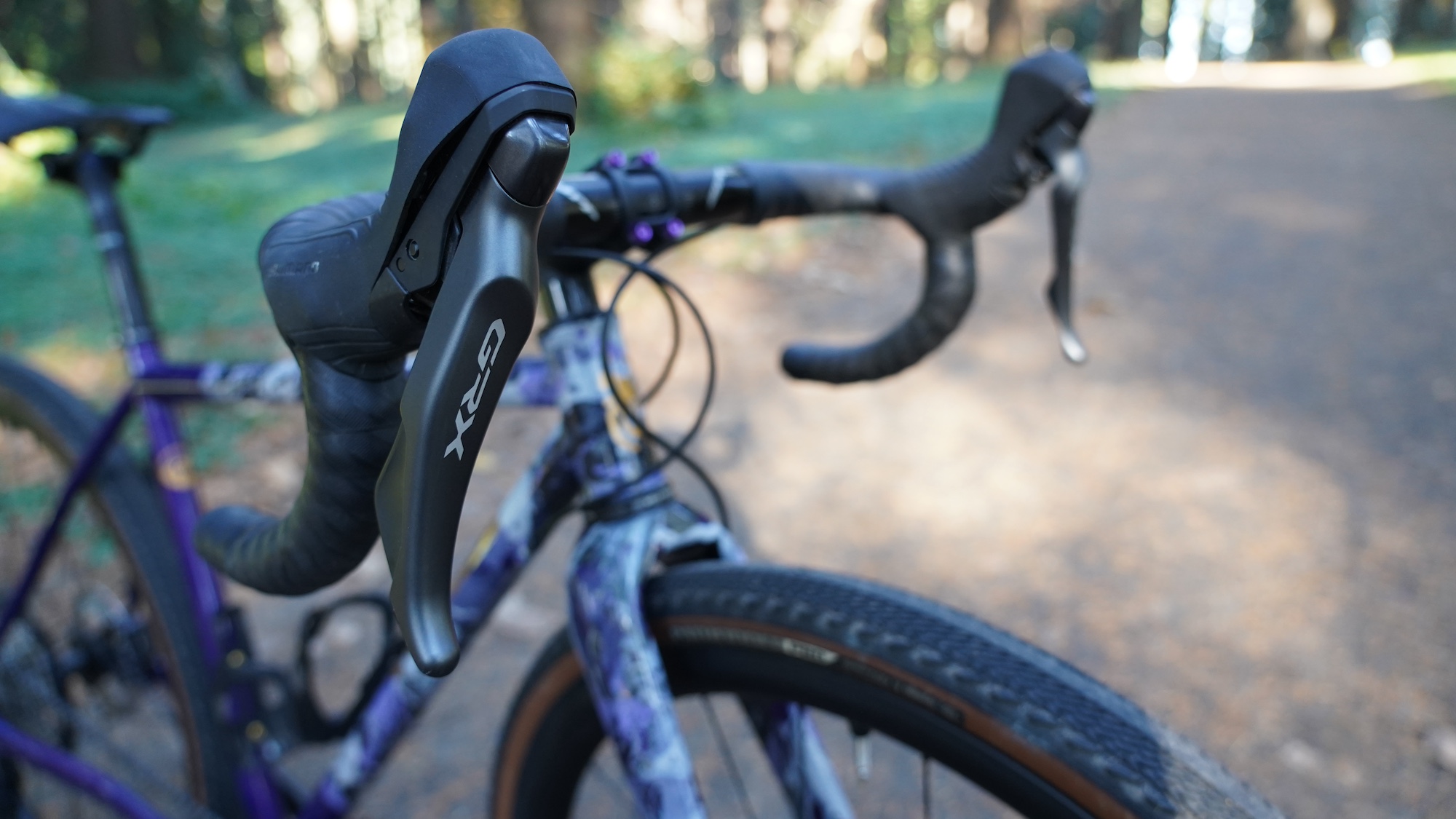
The shifting on the 12-speed GR X feels wonderfully familiar. It’s crisp, reliable and exceptionally quiet. I hadn’t ridden a mechanical drivetrain in quite some time, and had forgotten just how smooth mechanical shifting can be.
From the worn cobblestones of colonial-era towns to the rough, twisty paths winding up mountains, the unpaved roads in Colombia were rather rough, yet the derailleur never wavered across the bumpy terrain and performed well under load. This is thanks to a feature called the Shadow RD+ chain stabilizer, which is engaged using a small lever on the rear derailleur. This device keeps the chain tight and secure over bumpy terrain while also quieting the shifting.

In redesigning the levers and hoods, Shimano spent considerable time around handlebar angles, rider confidence and control. The ergonomics were redesigned to reduce pressure points and to suit flared handlebars, which are becoming standard on gravel bikes. The levers themselves feature a new, anti-slip coating, and the hoods now have a ridged pattern for a secure grip.
The angle is remarkably comfortable, so much so that I am now considering ditching my old road-rider ways and finally embracing wider and flared handlebars. In terms of comfort, they’re certainly onto something here.
The hood texture, however, leaves something to be desired. Despite Shimano’s claim that the ridged texture provides comfort for both bare and gloved hands, I suffered a blood blister the size of a £2 coin on my first long outing.
Drivetrain

The biggest improvement to the 1x GR X set-up is the increased gear range. Many found the previous 11-42t cassette too limiting and the new 10-51t cassette, taken straight from the Deore mountain bike line, is a welcome solution.
On the other end of the cassette, the smallest sprocket available is now a 10t, diverging from the road line-up, where 11t remains the smallest sprocket. For this, a micro-spline freehub body is needed, however, which may limit wheel compatibility.
In the front, chainring options are limited to 40t and 42t. I found the 40t sufficient on even the steepest Colombian climbs. However, I can imagine that for heavily loaded bikepacking adventures, folks will be turning to a company like Wolftooth for smaller rings.
A bigger gear ratio also means a bigger load on the cable, and I did experience cable tension issues for the first 150 miles on the groupset. While I wasn’t alone in my experience, it’s hard to tell whether it was due to mere cable stretch or whether the system is simply a bit sensitive on the bigger jumps of the upper end of the cassette.
Braking
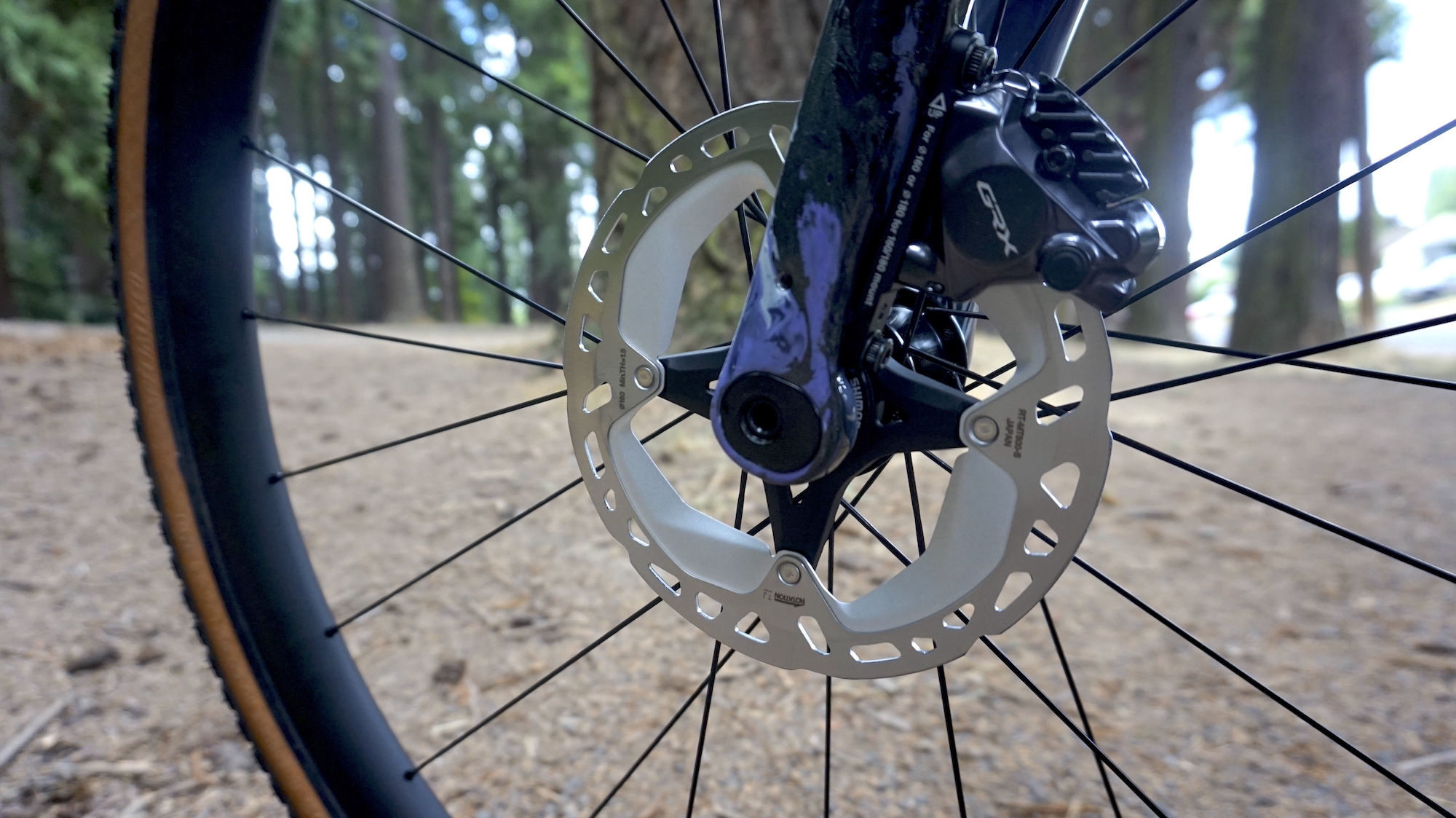
Updated from the 11-speed GRX collection, the GRX RX820 brake calipers used in this groupset feature Shimano’s Servo Wave technology, which provides a 10% wider path clearance for improved rotor path and less noise.
The system also makes use of the latest CL rotors, which were quietly released with the 105 Di2 R7100 groupset. These rotors are built around an aluminum carrier, said to reduce heat deformation.
Overall, I found the braking to be powerful, quiet and confidence-inspiring as I bombed down the steep and windy Colombian country lanes. Interesting, however, is Shimano’s choice to go hydraulic-only. While it emphasizes mechanical shifting, the same can’t be said for braking options.
The Competition

Shimano’s GRX release follows SRAM’s Apex AXS reveal, but while SRAM’s lowest-tier groupsets have gone electronic, Shimano remains staunchly mechanical. Although both systems have their place in the gravel market, comparing the price tags of the two brands raises a few questions.
With its Apex AXS groupsets, SRAM is able to offer a 12-speed drivetrain complete with electronic shifting, wide gear ranges and hydraulic braking for just $1300 /£1,262. That’s only $130 / £100 more than Shimano’s new 12-speed GRX at its entry-level 610 series.
SRAM also offers a crank-based power meter upgrade for $220 / £205, while there is no GRX power meter as of yet. What’s more, higher-end gravel bikes are increasingly adopting a fully integrated front end, and electronic-only framesets are not uncommon.
For the race crowd, a Di2 option can’t come soon enough. Which begs the question: is Shimano being outperformed by the more price-competitive SRAM?
Verdict
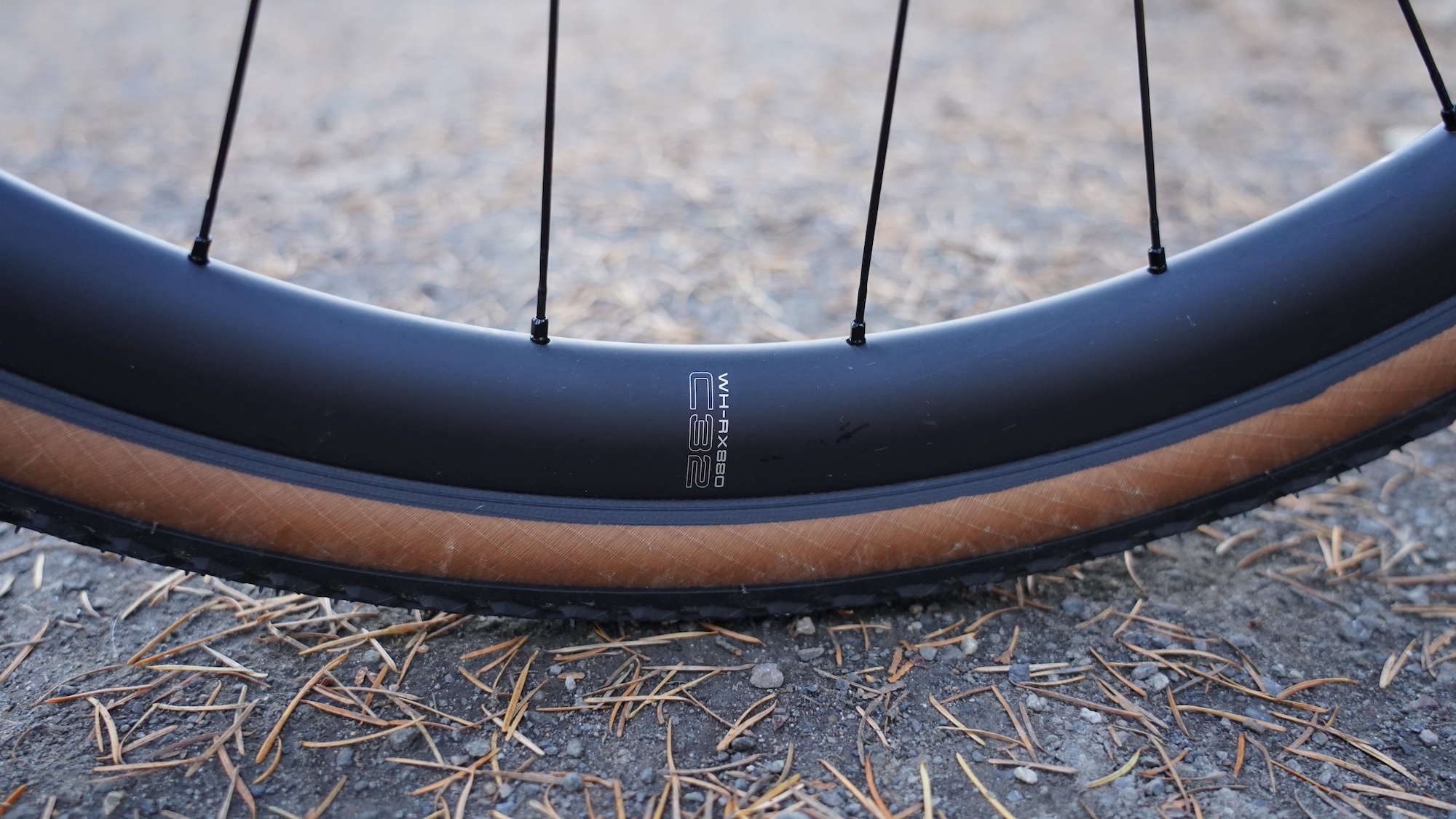
Powerful braking, smooth shifting, 2x and 1x options, and a wide gear range to suit modern-day gravel riders – I can’t really fault the new GR X groupset. It’s a great mechanical system, and many gravel riders will be very happy with it.
This 12-speed offering is also a much-needed update if Shimano is to remain competitive in the gravel market, but will it be enough? Even though this is a really good groupset, I can’t help but feel that Shimano is simply catching up to the market rather than innovating and leading it







